
Performance in January and February of 2017 perhaps shows that foreign trade intends to recover. China’s total foreign trade volume reached 1.71 trillion yuan in February, up by 21.9 percent year on year, and it recorded 3.89 trillion yuan during January and February, growing by 20.6 percent year on year, which both saw positive growth, according to the General Administration of Customs (GAC).
Tone with good trend in foreign trade expected to be set up
“It is not surprising that both imports and exports both experience positive growth last month when looking into the Baltic Dry Index (BDI), which is used to reflect the prosperity of the shipping industry, China Containerized Freight Index (CCFI), the world's only gauge tracking the container freight market, which are important leading indicators for China’s imports and exports respectively.” Zhang Anyuan, chief economist with Dongxing Securities Company Limited, told the journalist that usually monthly trade data fluctuates a lot, but if foreign trade keeps rapid growth for three consecutive months in the first quarter, it can be basically sure that it will continue to move up within the year.
Liu Xiaoguang, researcher from National Academy of Development and Strategy, Renmin University of China, told the journalist that although China’s exports declined a lot in February when compared with that in January, no matter exports or imports in yuan-denominated or U.S. dollar-denominated terms both show better performance than last year. Seasonal factor cannot be ignored when considering single-month data. But no matter total foreign trade, imports or exports in the first two months of this year are all much than that in the same period of last year.
In the opinion of Liu, it is very specific that foreign trade is recovering strongly during the whole year based on the data in January and February. Especially the imports data reflects that fundamentals of China’s internal demand are picking up and enterprises are re-stocking. This is expected to be a trend throughout the whole year, which is a huge driver boosting China’s total foreign trade volume to grow.
“China’s foreign trade embraces a good start at the beginning of this year with growth in four aspects.” Yu Guangzhou, minister of the GAC, said to the media at the two sessions on March 8 that the growth includes pick up in total volumes of imports and exports, exports of hi-tech products, imports and exports to countries along the “Belt and Road” Initiative and market expectation.
Rare deficit not terrifying
Data from the GAC showed that China had a trade deficit of 60.36 billion yuan in February, in contrast with a surplus of 180.5 billion yuan in the same period of last year. Total surplus in the first two months of this year registered 293.65 billion yuan, narrowing by 46.1 percent.
“It is rare to see trade deficit in February.” Liu indicated that it is partly attributed to the Spring Festival factors. The Spring Festival falls on Jan. 28, which is comparable with 2014 when it fell on Jan. 31. It also recorded trade deficit in February 2014. On the other hand, enterprises began to supplement inventories due to the recovery of domestic demand. Inventories supplements will stimulate imports first and exports later.
“The rapid increase in trade deficit in February is not troublesome.” Zhang believed that the higher imports growth is driven by quantity and price factors. The rapid imports growth generally boosts the exports growth in subsequent months.
“Occasional trade deficit in certain months doesn’t count. It is noteworthy that the trade deficit in February has no significant effects on China’s international balance of payment. China’s foreign exchange reserves recovered and RMB also stabilized.” The high growth in imports shows preliminary results in China’s efforts to stabilize the economic growth, but more importantly, it is a result of the rapid hiking of bulk commodities with certain categories even hiking times, indicated Bai Ming, a research fellow with the Chinese Academy of International Trade and Economic Cooperation (CAITEC) under the Ministry of Commerce (MOFCOM).
The statistics of the GAS show that the quantity and price of raw materials imported hiked in February. The iron ores imported reached 83.49 million tons in February, increasing 13.42 percent year on year. The average import price was 532.1 yuan/ton, hiking 83.7 percent. The coals imported reached 17.68 million tons in February, increasing 30 percent year on year. The average import price was 640.7 yuan/ton, increasing 110 percent.
“The hiking coal price is partly attributed to the de-capacity in China.” Liu believed that the coal price could not have hiked so high if no de-capacity in China. The surging price and demand will have certain negative effects on the economic growth. “The prices of bulk commodities will maintain a high level on the whole year, which will increase the cost of enterprises and will drive cost-driven inflation. The pressure will exist for the overall year.”
Bai indicated that foreign trade will see uncertainties with certain fluctuations. However, it has shown signs of improvement.
“The overall exports will be better than 2016. But the exports growth will depend on external environments.” Liu pointed out that compared with imports, the exports growth, namely the net exports, determines trade surplus. It is noteworthy that China’s trade surplus and capital outflows increased expectation of RMB devaluation in 2016 and resulted in RMB fluctuation. RMB will see more pressure on devaluation of China faces trade deficit and capital outflows this year.
Translated by Vanessa and Star
















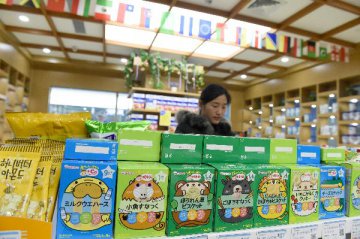
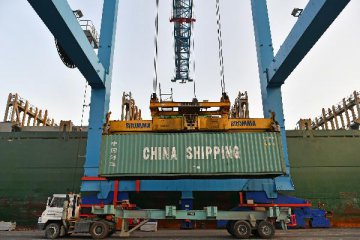
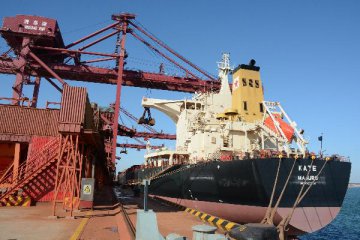
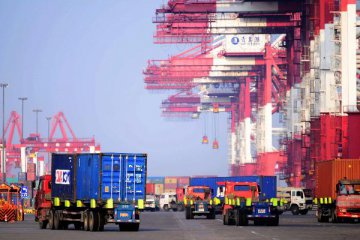
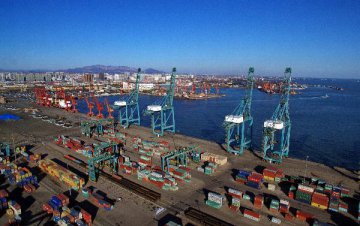
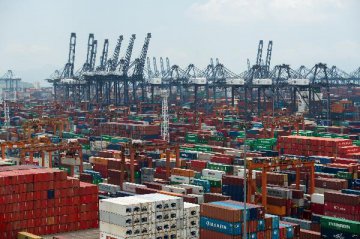


Latest comments